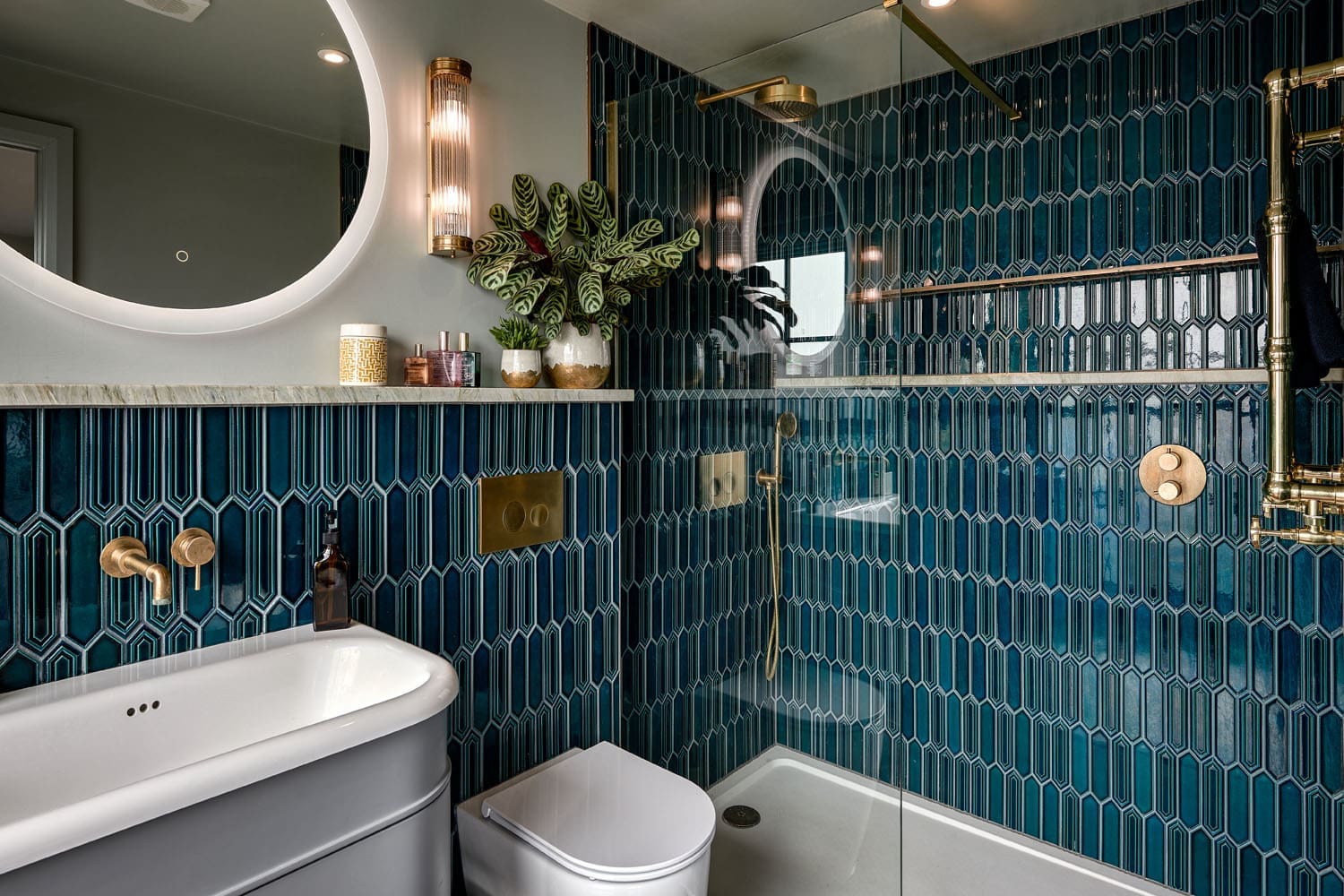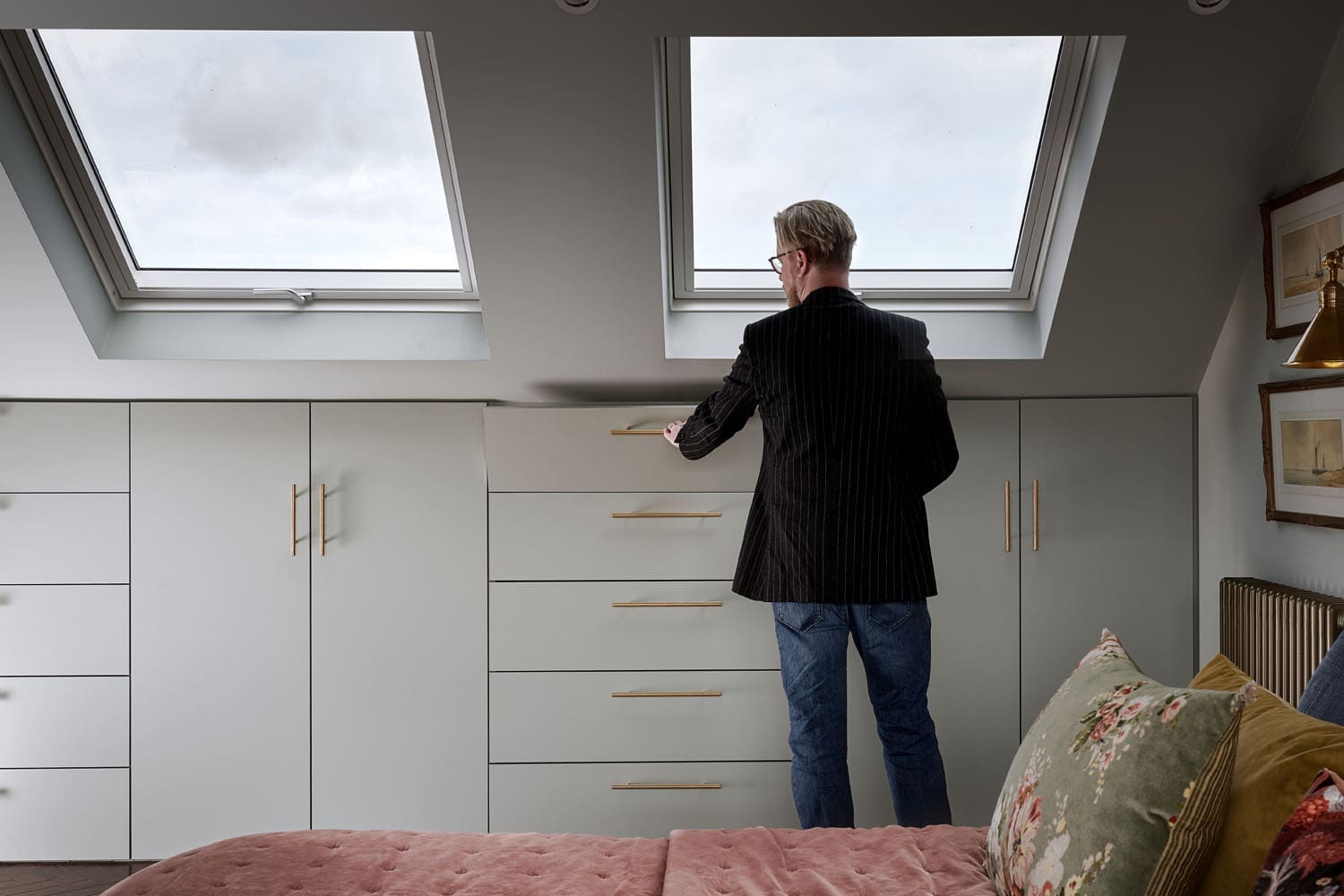Can You Build a Loft Conversion in a Conservation Area?

Many homeowners are eager to expand their living space and add value to their homes and a loft conversion is a great way of doing this. But what happens if your home is located in a conservation area? Can you still move forward with your plans, or will the restrictions limit your ability to renovate? Read on as we explore everything you need to know about building a loft conversion in a conservation area and provide guidance on how to make the process as smooth as possible.
What Is a Conservation Area?
A conservation area is a designated zone that is recognised for its historical, architectural, or environmental significance. Local authorities impose special controls in these areas to preserve their character and appearance. This means that if your home is within one, you may be subject to stricter planning rules.
These areas often have historic buildings, unique street layouts, or picturesque landscapes that are deemed worthy of protection. The aim is to manage change in a way that enhances or maintains the area’s character while still allowing for sympathetic development.
Is My House in a Conservation Area?
If you’re wondering if you’re in a conservation area or not, the best way to check is by contacting your local planning authority or visiting their website. Most local councils provide an online mapping service where you can enter your address and see whether your property falls within a conservation area boundary.
Additionally, your property’s deeds or local searches conducted when you purchased the home may also indicate if it’s in a conservation area. Being proactive about this information is key when planning any major alterations to your property, such as a loft conversion in a conservation area.
Can You Do a Loft Conversion in a Conservation Area?
Yes, it is possible to do a loft conversion in a conservation area, but it requires careful planning and a more sensitive approach. Unlike properties outside these areas, permitted development rights (which allow certain works without needing planning permission) may be limited or removed altogether in conservation zones.
In such cases, you’ll likely need to apply for loft conversion planning permission in a conservation area to ensure your changes comply with local rules. The specific requirements will vary depending on your local authority and the unique features of the conservation area. However, with the right planning and design considerations, you can still achieve a successful loft conversion.

What Considerations Should You Be Aware Of?
Before embarking on your loft conversion project, here are a few important factors to keep in mind:
Planning Permission & Party Wall Agreement
- In a conservation area, you will often need to apply for full planning permission. This is to ensure that the conversion doesn’t harm the character or appearance of the area. Understanding whether this is required and understanding the process of getting planning permission for a loft conversion in a conservation area is crucial before progressing any further with your project plans.
- If your loft conversion involves shared walls with neighbouring properties, you’ll need a party wall agreement. To obtain the agreement, you should speak with your neighbours about your intentions of converting your loft before serving them a party wall notice.
- There are also specific requirements related to loft heights, so ensure that you meet adequate height requirements before moving forward with your plans. Our top tips for low ceiling and small loft conversions blog offers advice on how to get around head height or small loft areas if you’re concerned about this.
Building Regulations
- Loft conversions must comply with building regulations to ensure structural stability, fire safety, insulation, and soundproofing.
- In a conservation area, these rules may be even more stringent to ensure the integrity of the building.
Design Considerations
- Windows Style & Placement: Windows should be in keeping with the traditional architectural style of the area. Conservation areas often have rules about the types of windows you can use, such as sash windows, to preserve historical character.
- Materials Used: Materials must complement the original structure. You may need to use traditional materials like slate or timber rather than modern alternatives like UPVC.
- Roofline Alterations: Roofline changes may be discouraged in certain conservation areas, meaning the external shape of your roof may not get approval for large alterations.
Protecting Views
- If your property has specific views that are deemed important to the conservation area’s character, your loft conversion must not obstruct or alter these views.

Planning for a Loft Conversion in a Conservation Area
When it comes to a loft conversion in a conservation area, it’s important to be well-prepared and patient. Here are a few essential tips to ensure your project moves smoothly:
- Hire an Experienced Loft Conversion Specialist: A professional with experience in converting lofts in conservation areas can help you design a loft conversion that meets local requirements while still achieving your goals.
- Be Prepared for a Longer Process: The planning application process may take longer due to the additional consideration needed to ensure your plans comply with conservation rules.
- Consult Early with the Local Authority: Engage with your local authority early to understand their specific concerns and guidelines for loft conversions in your area.
- Ensure Detailed Planning Applications: A well-prepared and detailed application can help avoid unnecessary delays. Make sure it includes designs, materials, and clear justifications for the project.
Popular Conversion Types and Ideas for Conservation Areas
When planning a loft conversion in a conservation area, choosing the right type of conversion is crucial to minimising the impact on your home’s exterior and the surrounding area. Here are two popular loft conversion types that tend to work well in conservation zones:
- Velux Loft Conversions: This is one of the least intrusive loft conversion options as it doesn’t alter the roofline. With a Velux loft conversion, the Velux windows are installed flush with the roof, making them less noticeable from the street and more likely to be approved in a conservation area.
- Dormer Loft Conversions: While slightly more invasive than Velux conversions, dormer loft conversions can still be a viable option if designed thoughtfully. A dormer can add valuable headroom and space but should use materials and windows that match the existing structure.
These two types of loft conversions have less impact on the exterior appearance, making them favourable choices in conservation areas that are more likely to receive all relevant approvals required.
Conclusion
While building a loft conversion in a conservation area comes with additional challenges, it is certainly achievable with the right approach. Ensuring you comply with loft conversion planning permission in a conservation area, considering local design guidelines, and working with a loft conversion company that is experienced in conservation areas can make the process smoother.
At The Loft Room, we specialise in helping homeowners navigate the complexities of loft conversions, even in conservation areas. Our team have carried out numerous loft conversions in conservations and will support you through the full planning application process, ensuring your loft conversion is compliant, beautifully designed and built to perfection. Get in touch with a specialist today to discuss your project and arrange a free on-site visit and quotation.